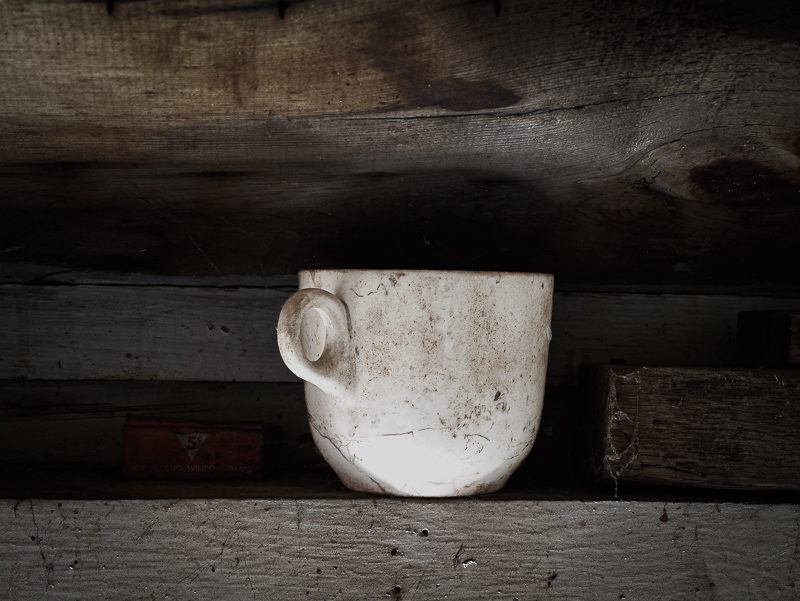Every Picture Is a Compromise
Lessons from the Also-rans
Most photography websites show the photographer's very best work. Wonderful. But that's not the full story of a creative life. If we want to learn, we'd better pay attention to the images that aren't "greatest hits" and see what lessons they have to offer. Every picture is a compromise — the sum of its parts, optical, technical, visual, emotional, and even cosmic – well, maybe not cosmic, but sometimes spiritual. Success on all fronts is rare. It's ok to learn from those that are not our best.
This is a series about my also-rans, some of which I've been able to improve at bit (i.e., "best effort"), none of which I would consider my best. With each there are lessons worth sharing, so I will.

Previous image | Next image |
Original digital capture

All About the Numbers Week
When it comes to composition, numbers play an important role that designers know all about. Photographers need this same knowledge when it comes to composition. This week we'll look at numbers and composition.
What I saw that I liked:
In yesterday's example, the composition with 5 was better than the composition with one. Today's example illustrates the opposite.
What I don't like in the picture:
The version above with two cups shows the problem with a composition of two things. The only place for our eye to travel is to ping pong back and forth. Not very interesting.
What I learned:
Here again, an odd number (one) is better than the even number in the above. Part of what makes this image (left) work is the dramatic light. That said, also notice the unknown object just to the right of the cup that is mostly hidden in the shadows. Whatever that is, it pulls our eye to the right which avoids the static, motionless composition so typical of singe item images.
2nd Chances: What I might try next
I have a printed project I should test with this image. I'll need to print it a few times to tweak that white in the cup to be just the perfect brightness without losing detail. |
|


